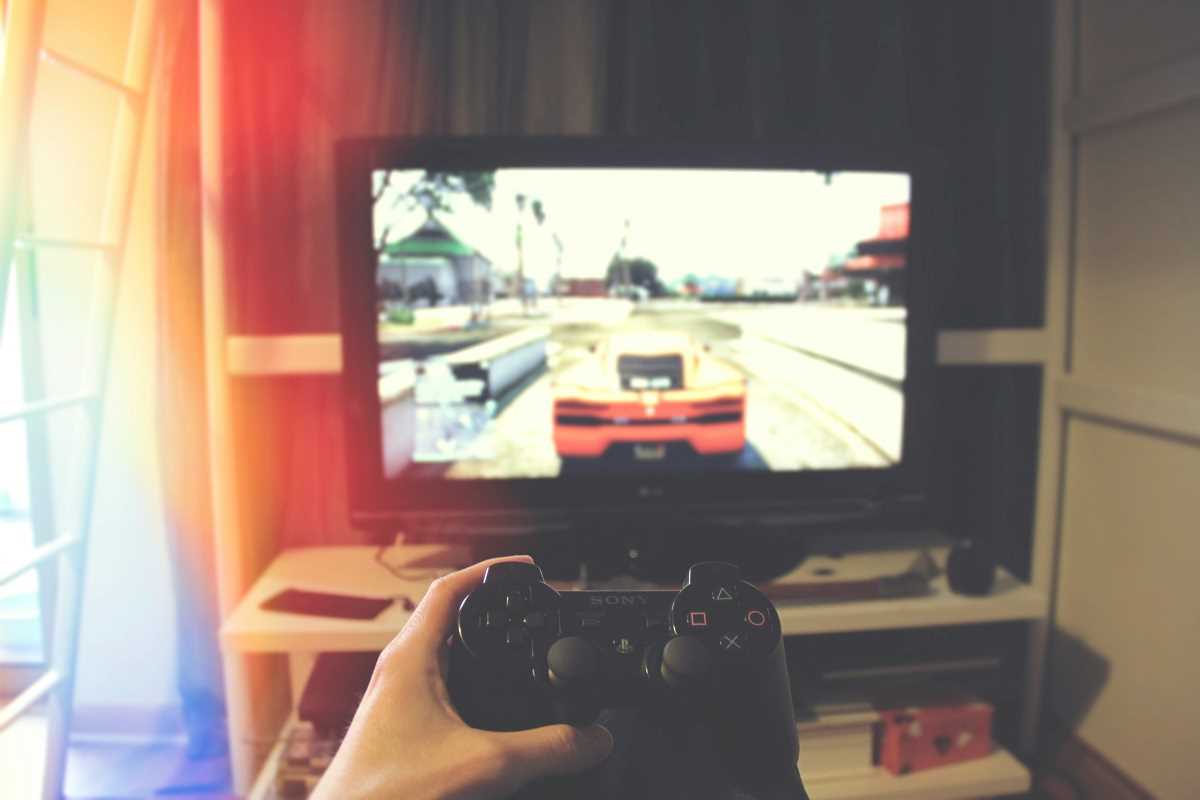Technology has become an inseparable part of modern life, offering convenience, connectivity, and plenty of entertainment. But too much of a good thing can be harmful, and excessive screen time often leads to issues like decreased communication, disrupted routines, and emotional disconnection within families. If this sounds familiar, it may be time for a digital detox.
A digital detox doesn’t mean ditching technology entirely—but rather using it mindfully to create balance and nurture meaningful relationships. Wondering if your family could use a break from screens? Look out for these 10 signs, and we’ll show you how to start the detox process without stress.
1. Meal Times Feel Disconnected
The Sign:
Are meals spent staring at screens instead of chatting? Whether it’s scrolling through social media, checking emails, or watching videos, screen use at the table is a major sign that your family might need to unplug.
The Fix:
- Declare the dinner table a screen-free zone.
- Use mealtime to ask each family member about their day or play conversational games like “what was the best part of your day?”
- Try a “phone basket” where everyone places their devices before sitting down.
2. Sleep Schedules Are All Over the Place
The Sign:
Late-night screen time can throw off sleep schedules, especially for kids and teens. Blue light from devices disrupts melatonin production, making it harder to fall asleep.
The Fix:
- Introduce screen-free zones in bedrooms, especially 30–60 minutes before bed.
- Replace evening screen time with calming rituals like reading a book or practicing mindfulness.
- If kids resist giving up devices at night, set up parental controls to automatically switch off access after a certain time.
3. Face-to-Face Communication Feels Awkward
The Sign:
If your family members rarely make eye contact or hesitate to engage in deeper conversations, excessive screen use could be the culprit. Technology can build walls instead of bridges when it replaces in-person interaction.
The Fix:
- Dedicate specific times to family-only activities that require engagement, like game nights or cooking together.
- Implement a “tech-free hour” each day for casual yet meaningful conversations.
4. Screens Take Priority Over Hobbies
The Sign:
Have hobbies or interests that once brought joy been replaced by hours of scrolling or gaming? If screens dominate free time, it’s time to reassess.
The Fix:
- Encourage each family member to spend at least an hour daily on non-screen activities they enjoy, like painting, playing sports, or gardening.
- Explore new hobbies as a family, such as hiking, biking, or crafting.
5. Tech Is Causing Family Arguments
The Sign:
Are you constantly battling over screen time limits or feeling ignored when your family members are glued to their devices? Technology’s overuse can often lead to conflict and frustration.
The Fix:
- Set up clear and consistent rules for tech use, such as no phones during meals or limiting gaming to a certain time each day.
- Create a family agreement where everyone has a say in the rules, helping them feel responsible and motivated to follow them.
6. Physical Activity Has Taken a Back Seat
The Sign:
Tech consumption often means sitting for long hours. If your family’s physical activity has dropped significantly, it could be affecting overall health and energy levels.
The Fix:
- Plan daily or weekly outdoor activities as a family, like park visits, hikes, or playing catch.
- Try active gaming systems like Wii Sports or virtual fitness challenges that combine movement and fun.
7. Screen Time Is the Default Coping Mechanism
The Sign:
Do family members turn to their phones or tablets when they feel bored, stressed, or upset? This behavioral pattern can signal unhealthy reliance on technology.
The Fix:
- Equip your family with alternative coping strategies like journaling, talking it out, or engaging in calming activities such as yoga.
- Practice mindfulness exercises together to build awareness around emotions without reaching for a device.
8. There’s Less Enthusiasm for Family Bonding
The Sign:
Does it feel harder to interest your family in spending quality time together? If screens are stealing all the attention, it might be time for a reset.
The Fix:
- Schedule regular tech-free family bonding time, like Sunday dinners or Friday game nights.
- Organize exciting activities that appeal to everyone, such as mini road trips, DIY home projects, or movie marathons (without phones).
9. Multitasking Is Sabotaging Focus
The Sign:
If family members are frequently multitasking with screens (e.g., doing homework while texting or watching TV during conversations), it could be diminishing focus and productivity.
The Fix:
- Practice single-tasking as a family by fully committing to one activity at a time. Use a timer for activities like studying or meals to stay present.
- Set specific times for screens and work, so they don’t overlap.
10. You Can’t Remember the Last Tech-Free Day
The Sign:
If every family activity involves some form of technology, it may be time to intentionally disconnect. Whether it’s playing video games or scrolling through vacation photos, screen-free days can feel like distant memories.
The Fix:
- Set aside one day or a half-day each week for a “digital detox.” Use this time to explore the outdoors, try new recipes, or tackle creative projects together.
- Celebrate each detox day by sharing favorite moments to make it feel rewarding and fun.
How to Start Your Family’s Digital Detox
The idea of a digital detox can feel overwhelming, but small, consistent changes are all it takes to create lasting results. Here’s a step-by-step guide to help your family get started:
Step 1. Assess Current Usage
Sit down as a family and discuss how much time is spent on screens and the impact it’s having on daily life. You can use apps like Screen Time or Digital Wellbeing to track usage patterns.
Step 2. Set Realistic Goals
Create achievable limits, like no screens during meals, 2-hour daily limits for entertainment use, or screen-free weekends once a month.
Step 3. Create Screen-Free Spaces
Designate areas in your home as screen-free zones, like the dining room, kitchen, or bedrooms.
Step 4. Replace Screen Time with Quality Time
Fill the gaps left by reduced screen use with family games, outdoor adventures, or simple activities like baking or reading aloud together.
Step 5. Lead by Example
Parents play a crucial role in modeling healthy behavior. Show your family it’s possible (and enjoyable) to unplug by setting your own boundaries with technology.
Step 6. Celebrate Progress
Celebrate milestones, like completing your first screen-free day or achieving weekly screen time goals. Rewards don’t have to be big; a family movie night or ice cream outing can work wonders.
 (Image via
(Image via





